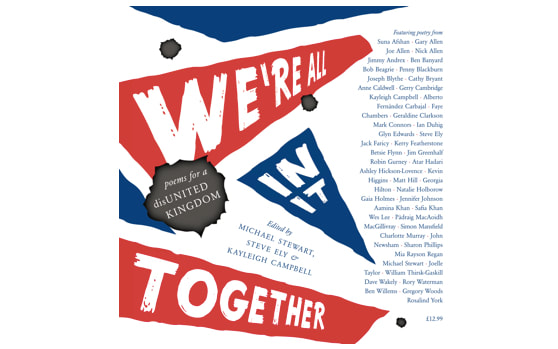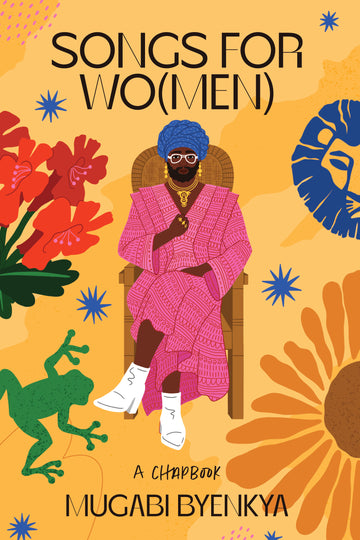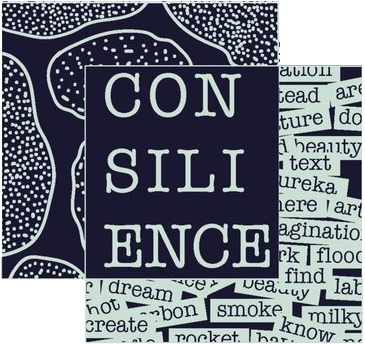
We're All In It Together
The new anthology from Grist, We’re All In It Together, edited by Michael Stewart, Steve Ely and Kayleigh Campbell is an exciting and challenging collection right from the preface to the last poem, Asylum, and it’s well worth starting with the preface before you read the poetry…

Hear Our Stories
A moving and inspiring book, literally, from cover to cover. The front cover, created by the artist, Sophie MacKenzie, based on a concept by Kosta Eleftheriadis, is a beautiful way to start the book showing, the authors from the anthology ‘watering a bed of flowers from where people are emerging to make the journey from their homeland’…

Scale Model of a Country at Dawn
A Scale Model of a Country at Dawn by John Sibley Williams looks at the world through a different lens – a lens that feels like it came from another world. It comprises a grounded series of poems reflecting on love and family and religion – particularly the burden of the latter – in the author’s life, written in a style that grabs the reader with its simplicity and integrity…

Songs for Wo(Men)
Right from the start of this very honest and reflective book, you are drawn into the journey represented in the pages. The story starts with a meeting between Dick and Mugabi, and this weaves an innovative thread through the collection – a carefully thought out seam of dialogue and prose and poetry. This thread feels like it is different strands of the same cloth, and offers different perspectives and contexts as you move through the collection of writing. Read, for example, ‘Philomena’s Interlude Pt2’ on p8 to get some idea of how this works. The last sentence really pulls on the heartstrings here:
“What a shame. You have such shapely eyelashes. They were wasted on a boy.”
The first glimpse of the difficulties the author has lived through is given on p3 with ‘Eddwaliro’. (Translations of Lugandan words are included and this provides useful context throughout the collection). The final lines of this piece:
“Home can be an illusion.
‘Have you ever felt homeless in your own home?’”
give some insight into what the author is going through at the start of their passage.
Between the prose and poetry, the reader is offered some repetition in places, and this serves to reinforce the ideas embodied in the words. In the piece ‘Don’t Touch My Hair’ on p9, there is a thoughtful and emotive insight that disposes of the myth that racism is always white on black. No racism is forgivable, and the words in this poem really bring home the hurt of racism that is brown on black:
“Why am I still exotic as a Black face in a Black space?”, and,
[…] I never touched a Black person’s hair before and I just wanted to know how it felt.”
These are lines that make one realise that exotic was not due to colour alone.

